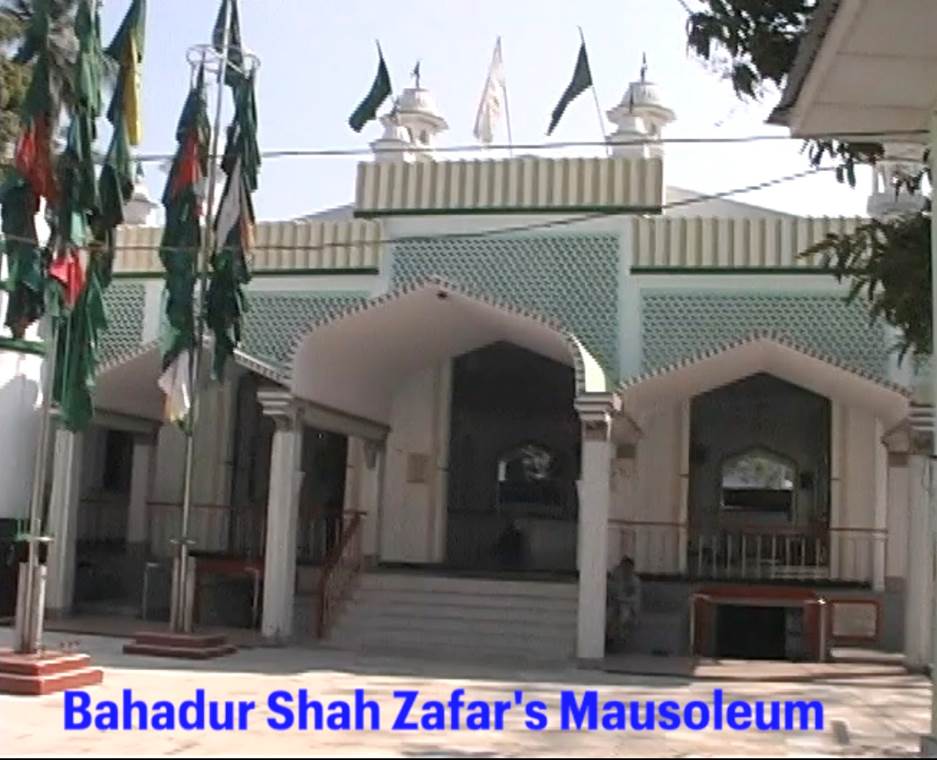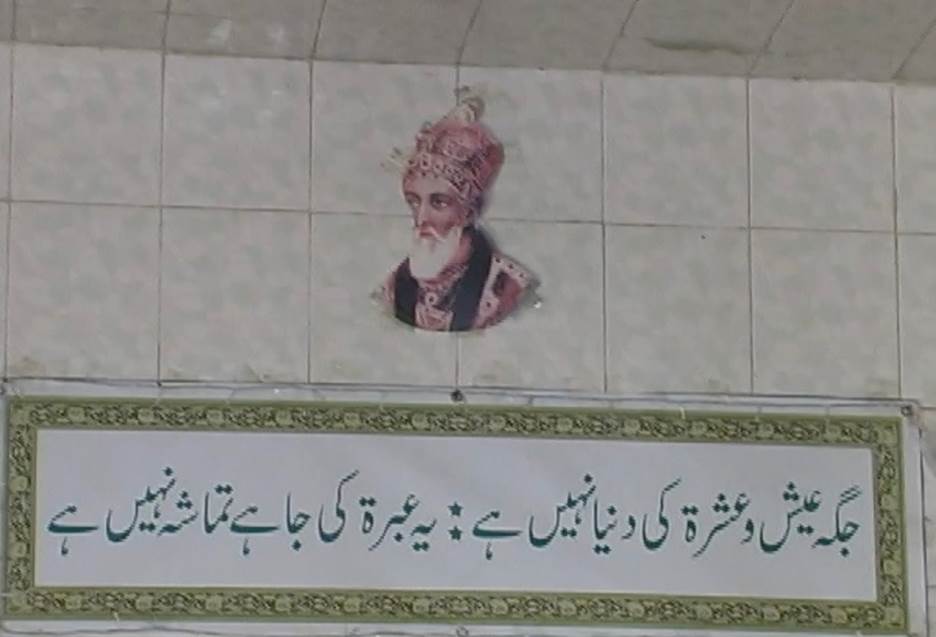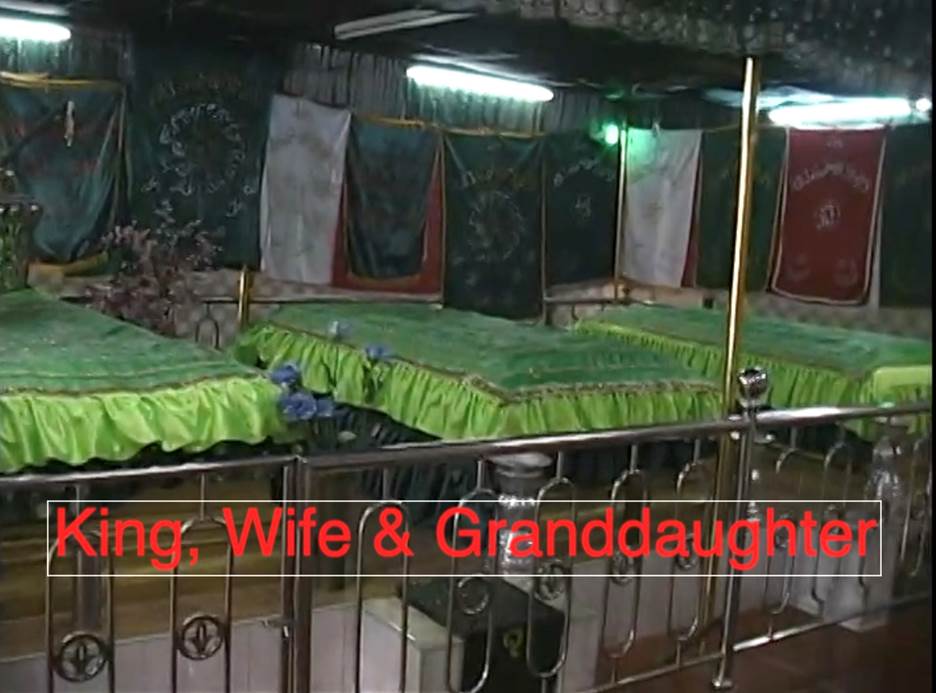



King Bahadur Shah Zafar’s Mausoleum in Rangoon
By Dr Khalid Siddiqui
Ohio

The exiled King Bahadur Shah Zafar, with a team of 14, arrived at the port of Rangoon on 8 December, 1858. The jailer, Lt. Ommaney who could speak Urdu and Persian, had accompanied them from Delhi.
The family settled quite comfortably in a four-room house in the Rangoon cantonment. They received Rs 11.00 daily for groceries, an extra rupee allowance on Sundays, and extra Rs 2.00 on the first of every month. On 1 April, 1859, Lt Ommaney, along with four servants, bade farewell to Zafar and left for India. Zafar died on 7 November 1862. He was buried in a secluded corner of his enclosure in a brick-lined unmarked grave. Decades later a tomb was erected over his still-uncertain burial site. After their deaths, his wife and their granddaughter were also buried next to him.
I visited Bahadurshah Zafar’s Mausoleum when I was in Myanmar in 2010. It used to be in shambles earlier, but sometime back the king’s status was elevated as a ‘pir’, and annual ‘urs’ ceremonies were initiated. This brought in money, and proper renovation of the mausoleum have been made since.
The whole place looked quite decent to me. Pakistan President Ziaul Haq had started a Madrassa nearby, which has been producing Urdu-speaking Burmese Mullahs. I met the Burmese, paan-chewing, clean shaven, young Maulana Aziz Ahmad who was the caretaker of the mausoleum). He was fluent in Urdu. He was a graduate of Ziaul Haq’s madrassa. He showed me around.
Two of Zafar’s famous ghazals are written on the walls of the burial chamber. One of them, ‘Na kisi ki aankh ka nuur hun’, is definitely not his. It was written by Muztar Khairabadi who was the grandfather of Javed Akhtar, the poet/script writer, of India. (Javed Akhtar is the husband of actress Shabana Azmi.) According to William Dalrymple the other ghazal ‘Lagta nahi hai ji mera’ is, most probably, not Zafar’s either.
A portrait of his wife, Zeenat Mahal (in her younger days), is on display. Zafar’s own photograph, smoking a hookah, was taken during his trial in Delhi. As seen in other photographs, Pakistani President Musharraf and Indian Vice President Hamid Ansari have also visited Zafar’s tomb.
On 16 February, 1991, his real brick-lined grave was discovered accidentally by workmen digging for a drain in that area. His intact skeleton was found inside. It was situated away from the spot where his tomb was built few decades earlier. This is his authentic gravesite. A proper shrine has since been built over it.
Note: After Zafar’s death a family feud had started. In 1867 they were allowed to settle elsewhere in the Rangoon cantonment. They continued to receive pension from the British government. Zeenat Mahal became quite addicted to opium towards the end of her life and died in 1882. Their son, Jawan Bakht, became an alcoholic. He suffered a stroke and died in 1884 at the age of 42. His wife developed some medical condition which resulted in blindness. They had several children. Nothing more is known about that side of the family. Shah Abbas, the illegitimate son of Zafar, married the daughter of a local Muslim merchant. His descendants still live in Rangoon.
Back to Pakistanlink Homepage

